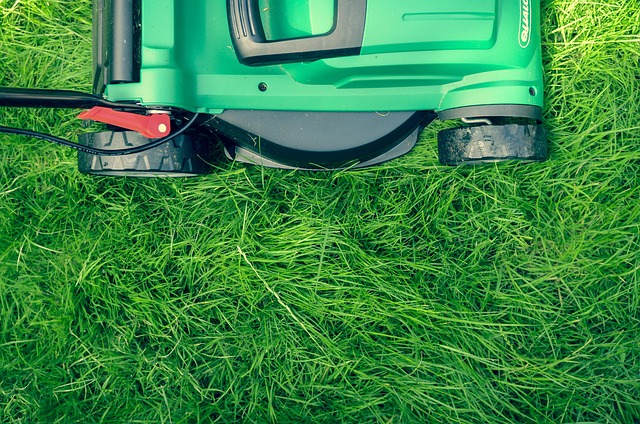Creating a pet-friendly landscape involves selecting non-toxic plants and designing durable, climate-appropriate spaces to ensure pets' safety while fostering an aesthetically pleasing outdoor environment. Prioritizing pet-safe landscaping practices includes choosing appropriate plant varieties, implementing dedicated play areas, and utilizing safe garden design elements to prevent accidental poisoning and promote bonding time. Key terms: pet-friendly landscaping, safe yard for pets, pet-safe garden design, durable landscaping for pets, non-toxic plants for pets, pet-friendly yard design, dog-friendly landscape solutions, yard design for pets, pet-safe outdoor space.
Creating a safe and vibrant yard or garden that’s both beautiful and pet-friendly is achievable with the right choices in plant selection. This comprehensive guide explores the importance of understanding pet toxicity and offers practical tips for designing a pet-safe outdoor space. We delve into common houseplant toxins, essential landscaping considerations, top non-toxic plants, durable design solutions, and even dog-specific landscape ideas. Discover how to transform your yard into a harmonious blend of beauty and safety for your furry companions.
- Understanding Pet Toxicity: Common Houseplants and Their Effects
- Creating a Pet-Safe Yard: Essential Considerations for Landscaping
- Top Non-Toxic Plants for Pets: A Comprehensive Guide
- Designing a Durable Outdoor Space: Tips for Longevity and Safety
- Dog-Friendly Landscape Solutions: Enhancing Your Pet's Play Area
Understanding Pet Toxicity: Common Houseplants and Their Effects
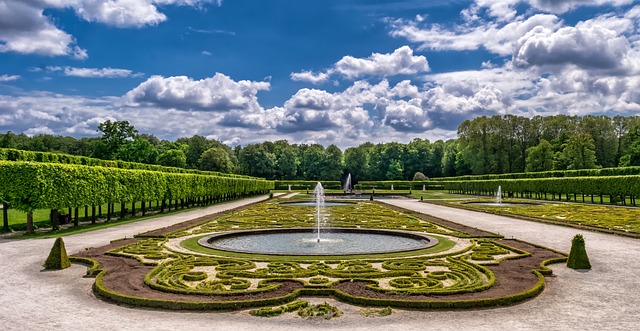
Creating a pet-friendly landscape means selecting plants that are safe and non-toxic for your furry friends. Many common houseplants, while beautiful, can be harmful if chewed or ingested by pets. Understanding which plants pose risks to your pet is crucial when designing a durable, pet-safe garden space.
Some houseplants, like lilies, dieffenbachia, and azaleas, are known to cause severe issues for cats and dogs, potentially leading to kidney failure or even death. Others, such as poinsettia and ivy, while not life-threatening, can result in digestive upset and other discomforts. Pet-friendly landscaping involves choosing non-toxic plants that provide both aesthetic appeal and safety for your beloved pets, ensuring a happy and healthy outdoor environment for everyone.
Creating a Pet-Safe Yard: Essential Considerations for Landscaping
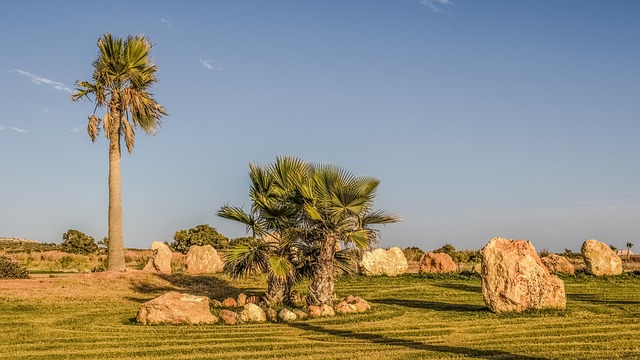
Creating a pet-safe yard is an essential step in ensuring your furry friends can enjoy their outdoor time without any harmful encounters. When designing or revamping your garden, consider selecting non-toxic plants that are safe for pets to roam and play in. Researching plant toxicity levels specific to animals like dogs and cats is crucial; some common houseplants and flowers can be highly toxic, causing severe health issues if ingested. Opting for pet-friendly landscaping means choosing durable, non-poisonous species that thrive in your region’s climate and soil conditions.
A safe yard for pets should incorporate a mix of greenery, including shrubs, grasses, and flowers, all of which contribute to a beautiful and functional outdoor space. Consider your pet’s natural instincts when designing; for example, provide areas for them to dig or climb, ensuring these zones are free from toxic materials. Incorporate pathways and designated play areas to encourage physical activity while keeping hazardous plants away from their reach. A well-designed pet-safe garden offers both aesthetic appeal and peace of mind, allowing you and your pets to fully enjoy the outdoors together.
Top Non-Toxic Plants for Pets: A Comprehensive Guide
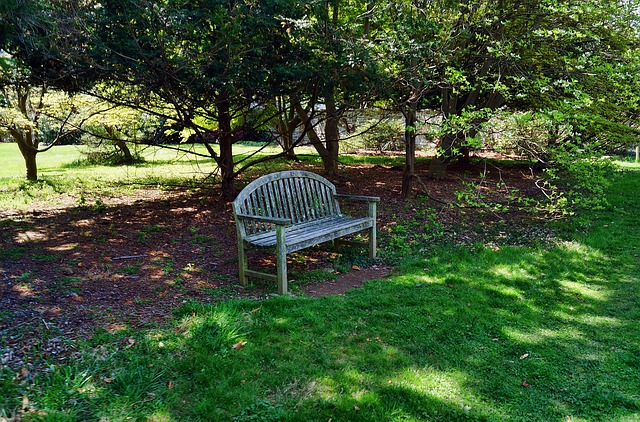
Creating a pet-friendly yard or garden is a wonderful way to enhance your outdoor space while ensuring the safety and well-being of your furry friends. When it comes to plant selection, choosing non-toxic varieties is paramount to prevent any accidental poisoning. This comprehensive guide will help you navigate the world of pet-safe landscaping, offering durable and visually appealing options for both indoor and outdoor environments.
From vibrant blooms to lush foliage, there’s an array of non-toxic plants that can thrive in various conditions, making them ideal for pet-friendly yard design. For dog owners, consider options like lavender, lilac, and most types of grasses, which not only add beauty but also provide natural scents and textures. Cats will enjoy exploring herbs such as catnip and mint, while keeping them away from toxic plants like lilies and azaleas. With a bit of research, you can create an outdoor oasis that caters to both your pets’ needs and aesthetic preferences, ensuring a safe and happy play area for everyone.
Designing a Durable Outdoor Space: Tips for Longevity and Safety
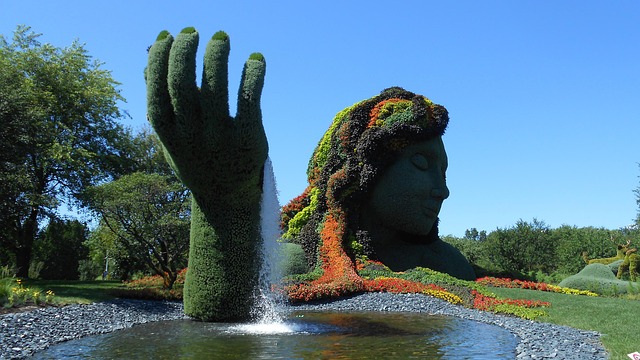
When designing an outdoor space that’s both beautiful and pet-friendly, longevity and safety should be at the forefront of your considerations. Incorporating durable landscaping practices ensures your yard remains inviting and low-maintenance over time, while also safeguarding your furry companions from potential hazards. Opt for resilient plant varieties known for their hardiness and non-toxicity to pets. Choose sturdy shrubs and trees that can withstand enthusiastic chewing or digging without becoming damaged.
For a truly pet-safe garden design, select plants with no appealing or potentially harmful parts – avoid those with attractive berries, persistent leaves or fragrant flowers that might tempt your pets to ingest them. Consider incorporating gravel paths, hardscaping elements like stones or pavers, and dedicated play areas equipped with pet-friendly toys to further deter unwanted interactions with plants and ensure a safe yard for your beloved animals.
Dog-Friendly Landscape Solutions: Enhancing Your Pet's Play Area

Creating a pet-friendly landscape is an excellent way to provide your furry friends with a safe and enjoyable play area. When designing your yard, opt for durable and non-toxic plants that are known to be dog-friendly. This ensures that your pet can freely explore without any harmful effects. Incorporate a variety of textures and heights to create a stimulating environment—think low-growing ground covers, tall grasses, and shrubs that offer hiding spots or opportunities for climbing.
Consider using pet-safe garden design elements such as natural materials like wood chips or gravel for paths, which are comfortable for paws and reduce the risk of your dog ingesting any toxic substances. Add water features like a small fountain or birdbath to provide mental stimulation and a refreshing splash during hot days. Remember, a well-planned pet-friendly yard becomes an extension of your home, fostering bonding time between you and your four-legged companion while ensuring their safety and health.
When designing a pet-friendly landscape, prioritizing safety and longevity is essential. By selecting non-toxic plants from our comprehensive guide and implementing durable garden design practices, you can create a beautiful and secure outdoor space for your furry friends to enjoy. Remember, a safe yard for pets is not just about aesthetics but also ensuring their well-being through thoughtful landscaping solutions, like dog-friendly play areas and pet-safe garden features. Embrace these strategies to foster a harmonious relationship between your pets and the great outdoors.
